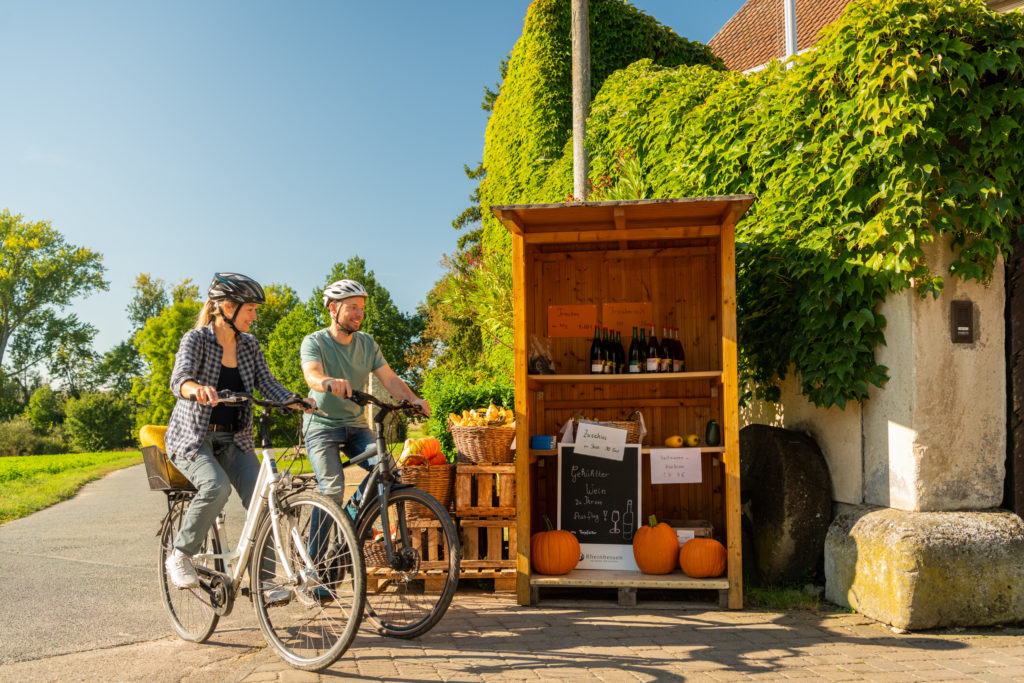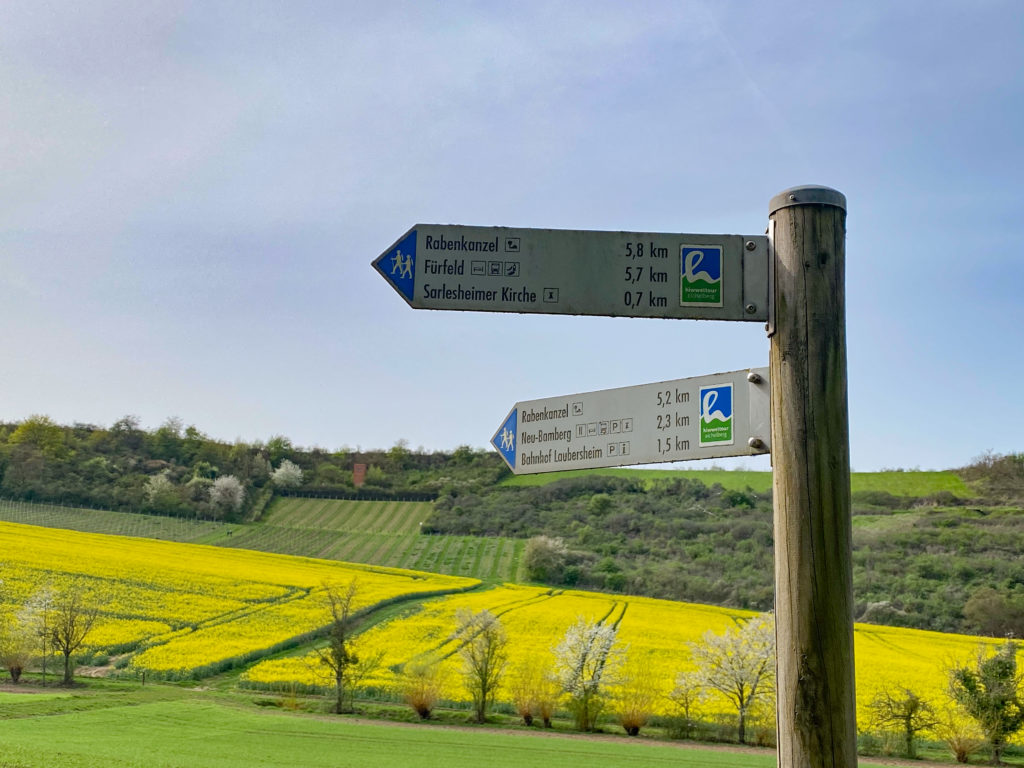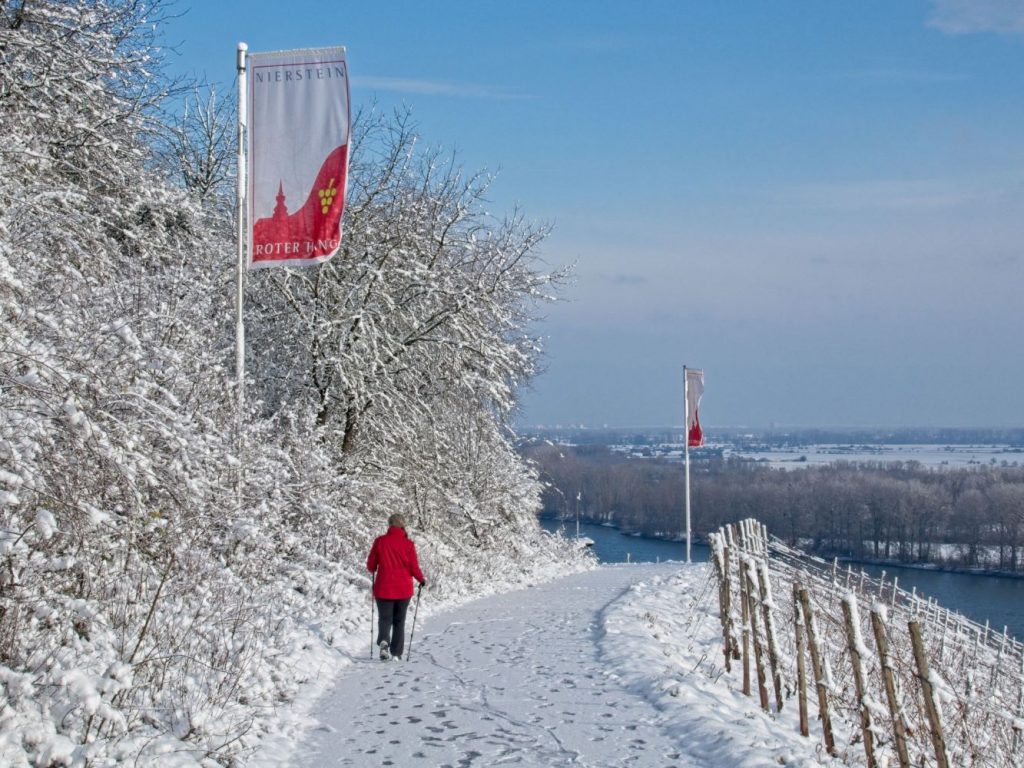Excursion into the green of the floodplains
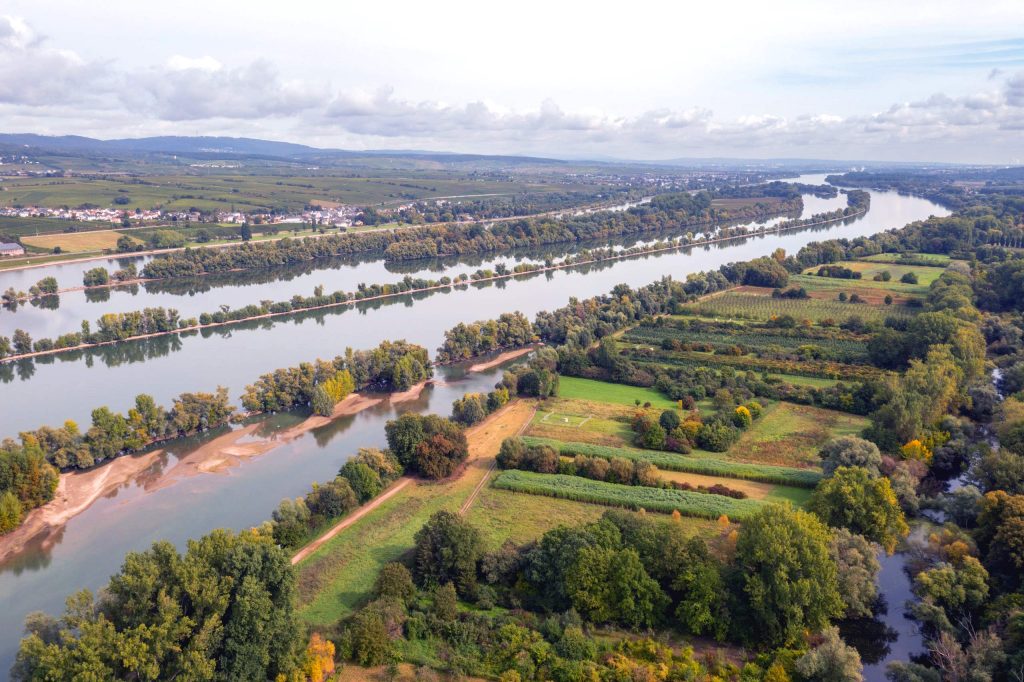
Therefore, this stretch of land is also called the Inselrhein or the Rhine floodplains. In the adjacent still water areas, wet meadows, reed beds and orchards, numerous, sometimes rare animal and plant species find the perfect habitat for them. Our author Marina Noble takes you on an excursion. She will also visit the NABU Center Rheinauen.
It sings, chirps, warbles and chirps. In the distance a cuckoo calls. The many birds can hide well in the dense foliage. But here a wagtail hops, there a pair of jays swoops away. Swans swim their courses in the Rhine. Dragonflies and butterflies flutter about. Simply beautiful! We are on our way in the nature reserve "Fulder Aue - Ilmen Aue", a special spot of nature. With lush greenery, original poplars and willows, reed fields as tall as a man, there is even a jungle feeling.
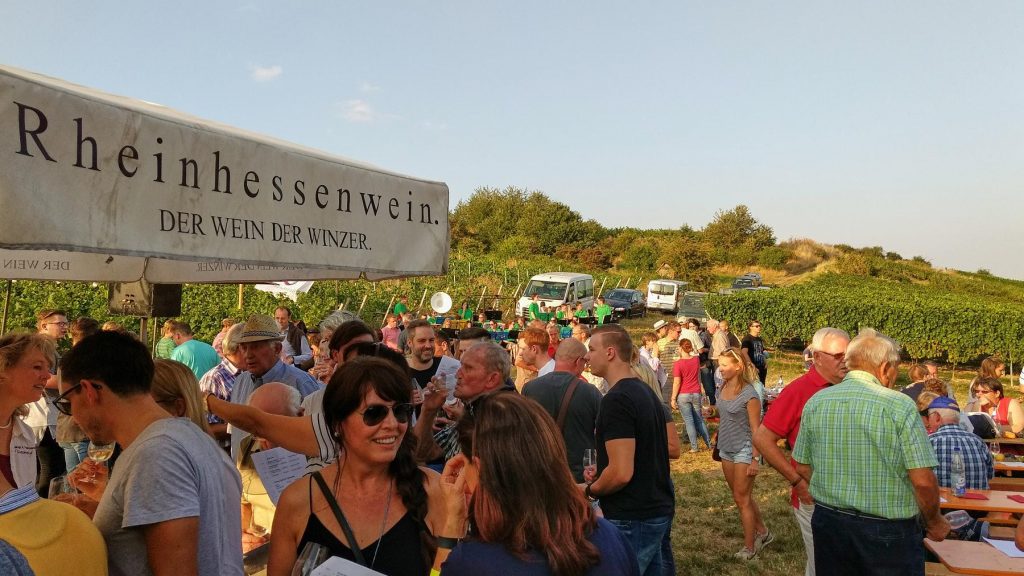
A man-made created habitat
How was this habitat formed? We prepared for the excursion and read up to understand the formation of the Inselrhein. Helpful for this were the various brochures and online information from NABU. So first a bit of geography: from the Binger Loch, the Rhine flows through a narrow valley with hard rocks. For the skippers, this area with its rapids used to be the most dangerous of the whole river. The narrows dammed up the water. Therefore, the Rhine used to flow very slowly. This led to gravel, sand and silt being deposited. Islands were created, some of which disappeared again - and some of which were created again.
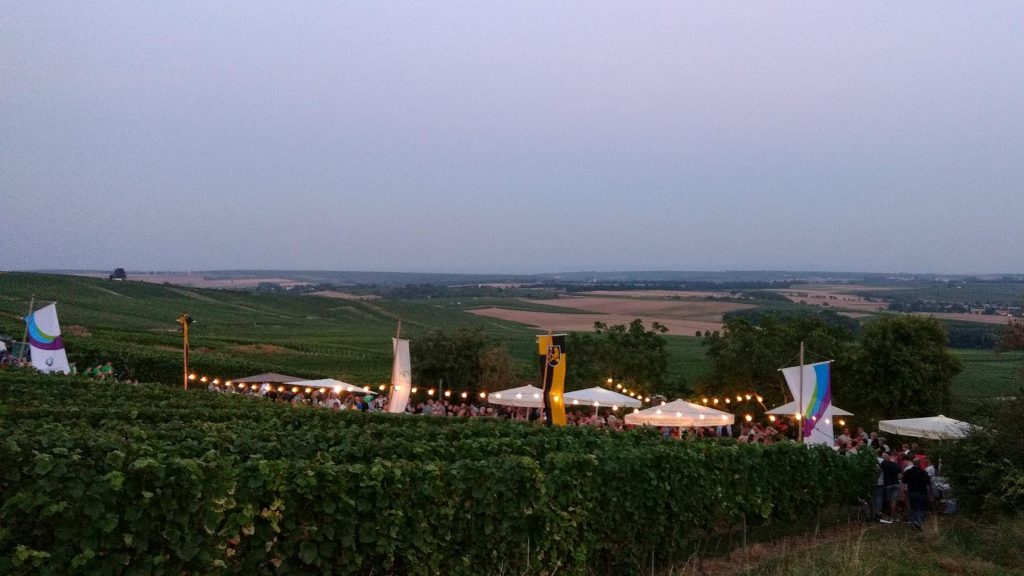
These constantly changing depths depths - and shallows - meant a real problem for shipping. The goods even had to be transported on land in the Middle Ages - on towpaths. towpaths. The aim was to secure these and also to regulate the constantly changing water depths. water depths. For this purpose, people built guide towers, i.e. stone dams. stone dams. Even today, these still divide the Rhine into a deep section with a largely depth that ships need, and into a stillwater area in which the water level still-water area, in which the water level fluctuates constantly.
This still water with its and low water meant a stroke of luck for some animals and plants. plants a stroke of luck. They specialized in these conditions and and still feel at home there today - a new habitat created by man. habitat. Since the beginning of the 70s, this area has been designated as a nature reserve divided into different areas.
Wintering quarters and resting place on the way south
Feathered friends feel particularly at home there: since the 19th century, 234 different birds have been recorded - this is half of all species found in Germany. These include little grebes, cormorants and even the colorful kingfisher at the water's edge; in the floodplain forests, nightingales, orioles and lesser spotted woodpeckers. Especially many visit in the colder season, because the floodplains are a wintering quarter for them. Others rest here on their way south. Experts speak of a "stepping stone of bird flight".
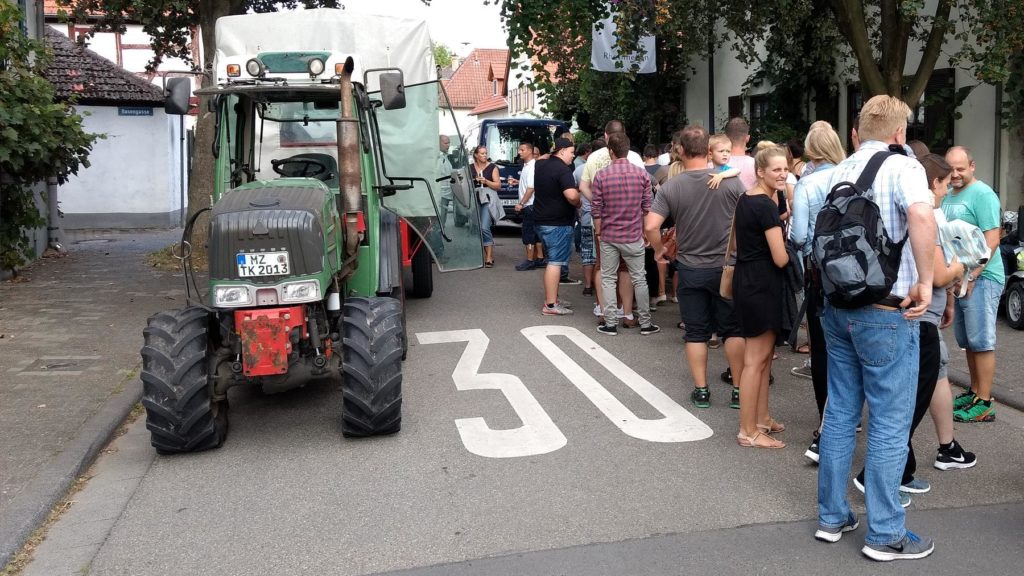
Compact Insights at the NABU Centre Rheinauen
The NABU Center Rheinauen has set itself the goal of protecting this special habitat. It has moved to a new site in Bingen-Gaulsheim in spring 2022. There we want to get an overview. We are warmly welcomed by Karin Czichy, who has been working there for many years and also looks after the volunteer supporters. She sums up the mission of the specialized facility: "On a compact area of 1.7 hectares, we reflect the flora and fauna of the Inselrhein. On the grounds, as well as at events and action weeks, we provide information about nature in this habitat. In doing so, we want to show how to behave and generally answer questions about nature."
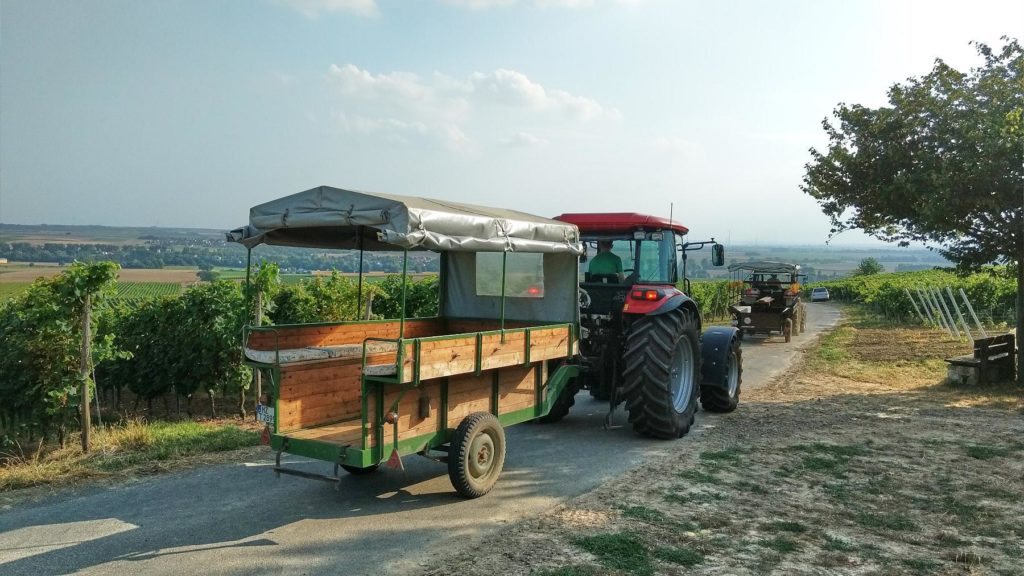
The centerpiece is the 500 square meter information center. Poplar wood clads its facade. Karin Czichy explains: "This is a native softwood species typical of the area, and is characterized by its rapid growth. Only a special drying drying process was able to make it usable for construction. Our green roof forms its own habitat, and the rainwater runoff feeds our swamp bed." At the center, the employees run an information point and are available for available there for questions and guided tours.

During our visit during the during the week, Café Auenblick was not open. Too bad, because the menu sounds tempting: homemade cakes, muffins and waffles, all at reasonable prices. prices. "The ingredients all come from the region and are as far as possible organic products," emphasizes Karin Czichy. The coffee comes from the certified organic Klingler roasting plant in Bingen.
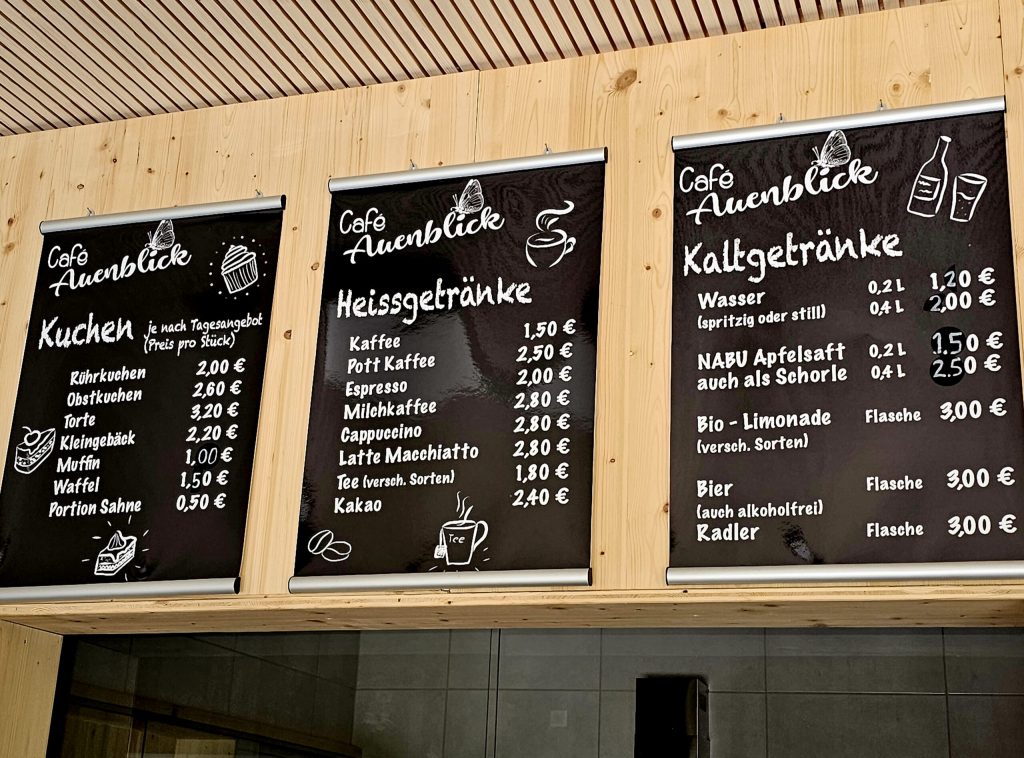
But now let's go out into the barrier-free grounds, where it's blooming and buzzing everywhere. Three goats are grazing in a meadow. The four dwarf sheep - the white Grace and the brown Mari, Juna and Armelle - have just retired to their hut. They come from the Breton island of Ouessant and help to "mow" the meadows and green spaces.
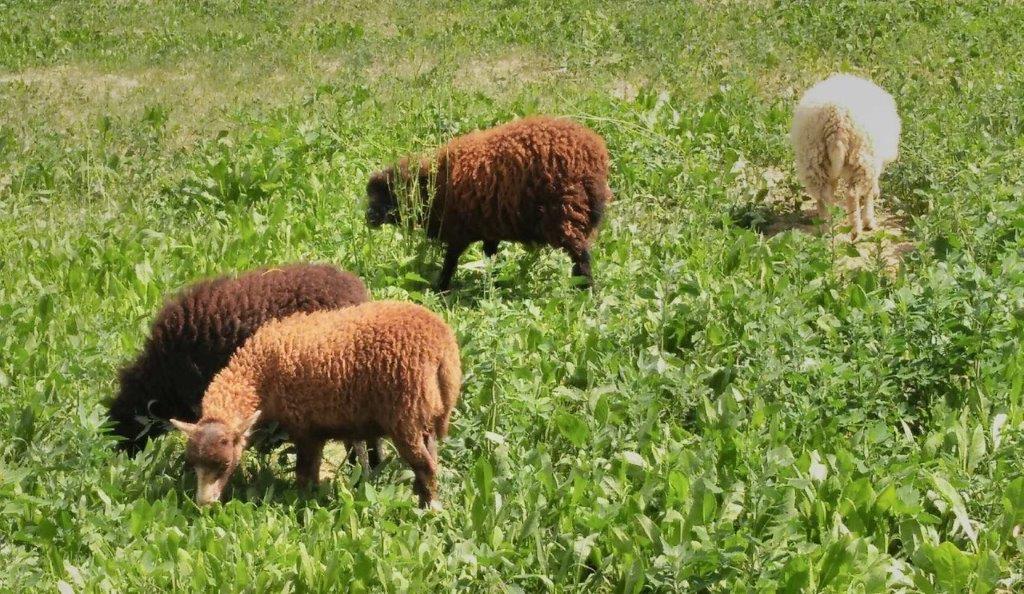
Some like it bald
There are quite different ponds: Some with lush vegetation, others rather bare. Karin Czichy knows why: "The animals have very different requirements, and we meet them. we do justice". Sparsely the adventure pond is sparsely planted, because that's how the tree frog, the water frog and the natterjack toad.

In the pond of the terrapins, specimens of the southern European species are given a home. Karin Czichy tells a story with a smile: "Originally, the European terrapin was native to our region. This was so widespread in the Middle Ages that it was even eaten as a fasting food in the monasteries. The monks were very inventive when it came to circumventing the ban on meat: Fish and even toads were not considered "meat." Later, the European turtles became less and less, meanwhile the animals reproduce again. At the same time, the southern European species spread, which due to its genetics is not welcome in our latitudes. Such specimens receive "asylum" in the NABU center.
Plant diversity = Butterfly diversity
Another exciting area is dedicated to butterflies. The populations of these popular and often colorful insects have declined sharply in recent years as their habitats dwindle. their habitats are dwindling. NABU shows how important very different food plants are for the animals. The motto is: "Plant diversity = butterfly diversity." Johannes, who supports the center as a volunteer, is currently working here. supports the center as a volunteer. Using the example of the stinging nettle, he shows us that this is is essential for the survival of butterflies such as the Admiral, the Small Fox and the is. The orange fire butterfly, on the other hand, prefers sorrel and knotweed. In the small greenhouse, Johannes invites us to look closely: Barely discernible, a butterfly caterpillar is developing there.


NABU Center Rhine Floodplains, www.NABU-Rheinauen.de
Opening hours: DI to FR 9:00 a.m. to 4:00 p.m. (except holidays) and SO 2:00 p.m. to 6:00 p.m.. Closed to visitors on Mondays.
Café Auenblick: SO during regular opening hours.
This may change - it's best to check the website again in advance.
The website also provides a Calendar of events and informs about the Action weeks. The program includes, for example, regular Rhine floodplain walks and boat excursions for bird watching in the Rhine floodplain European reserve. For kids there are offers such as landing net in the pond, firefly hike.
At The adventure trail through the floodplain

The NABU Center Rheinauen borders on the nature reserve "Fulder Aue - Ilmen Aue". The 341-hectare area is part of the Rhine Floodplains European Reserve. The name is derived from the two offshore islands in the Rhine. The Fulder Aue used to be owned by the Johannisberg Monastery, which was subordinated to the Fulda Abbey at the beginning of the 18th century - this name remained. The Ilmen Aue used to be overgrown with elms - these trees were called Ilmen at that time.
A tip for A compact exploration is the approximately four-kilometer-long adventure trail with information boards. The starting point is about 1.5 kilometers from the NABU center - that's which can easily be done on foot or by bike. Alternatively there is parking lot. Tip: Download the app Naturerbe Inselrhein (see. info box). This makes it easy to find your way through nature, because there are no markings. no markings - so a bit of an insider tip.

Very informative is the app "Natural Heritage Island Rhine:
It offers
- Information about the protected area Naturerbe Inselrhein and the NABU center
- an interactive map for hikers, cyclists, water sports enthusiasts, anglers
- Nature observation tips and route suggestions

Poplar la poplar and stork nests
"Pappel la Papp" is the motto right at the beginning. The information board provides interesting facts about the most common tree species in the floodplains, such as the poplars. Later, stork nests rest on two masts at a lofty height - man-made nesting aids for the white storks. They find plenty of food in the adjacent wet meadows: frogs, mice, earthworms, insects. The white stork was once thought to be extinct. When the first pair of storks settled in the 1990s, it was a sensation. Today they are regular visitors.
Animals conquer the Bridge remains
The remains of the Hindenburg Bridge rise at the turning point of the path. Once over 1000 meters long, the railroad bridge, completed in 1915, was considered the second longest in Germany. Named after former Reich President Paul von Hindenburg, the structure was destroyed during World War II. Remains on land and two piers in the Rhine remained. These have since been conquered by nature - a habitat for birds, reptiles, bats. The white-headed seagull breeds on the piers.

Everywhere along the path sprouts lush greenery - primeval and pristine, giving us a bit of a jungle feeling. The floodplain forests were once considered mysterious places where witches were said to live. People even called the willows the tree of mourning and death. The leaves of the coltsfoot reach imposing lengths: almost an arm's length. The reed reaches up to four meters in height. The panel "Stalk to Stalk" provides interesting information about this plant species.

What does Loriot have to do with the have to do?
Surely you know the comedian Loriot. What does he have to do with the Rhine meadows? This is explained to us by another information board: The bird oriole that occurs here is also called "Vogel Bülow" in German and "Loriot" in French. The humorist's civil name is Vico von Bülow and he chose the French version as his stage name. The bird lives hidden in the trees. Thus, despite its striking yellow in the plumage of the male, it is rarely seen. We will try our luck again!
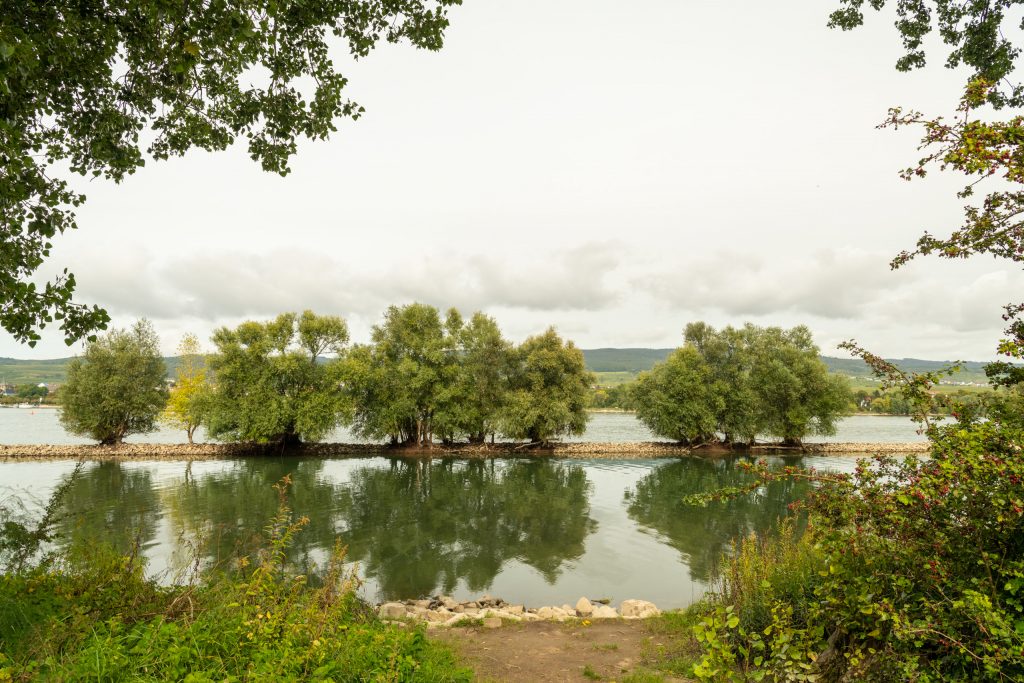
NABU Rheinhessen-Nahe
NABU offers also help to explore nature in other regions of Rheinhessen. Check out the website: https://www.NABU-rheinhessen.de/termine
There you will find divided into the regions Alzey, Bingen, Bad Kreuznach, Mainz, Rhine-Selz and Worms for example, bird song hikes; excursions to animals such as bats, gray herons or amphibians; explanations of meadow orchards (e.g. "Comparing apples with pears" in Nierstein-Schwabsburg) or "Peregrine falcons and swifts at the Worms Cathedral"; in addition, work assignments and plant swap exchanges. Some offers are specially designed for children.

